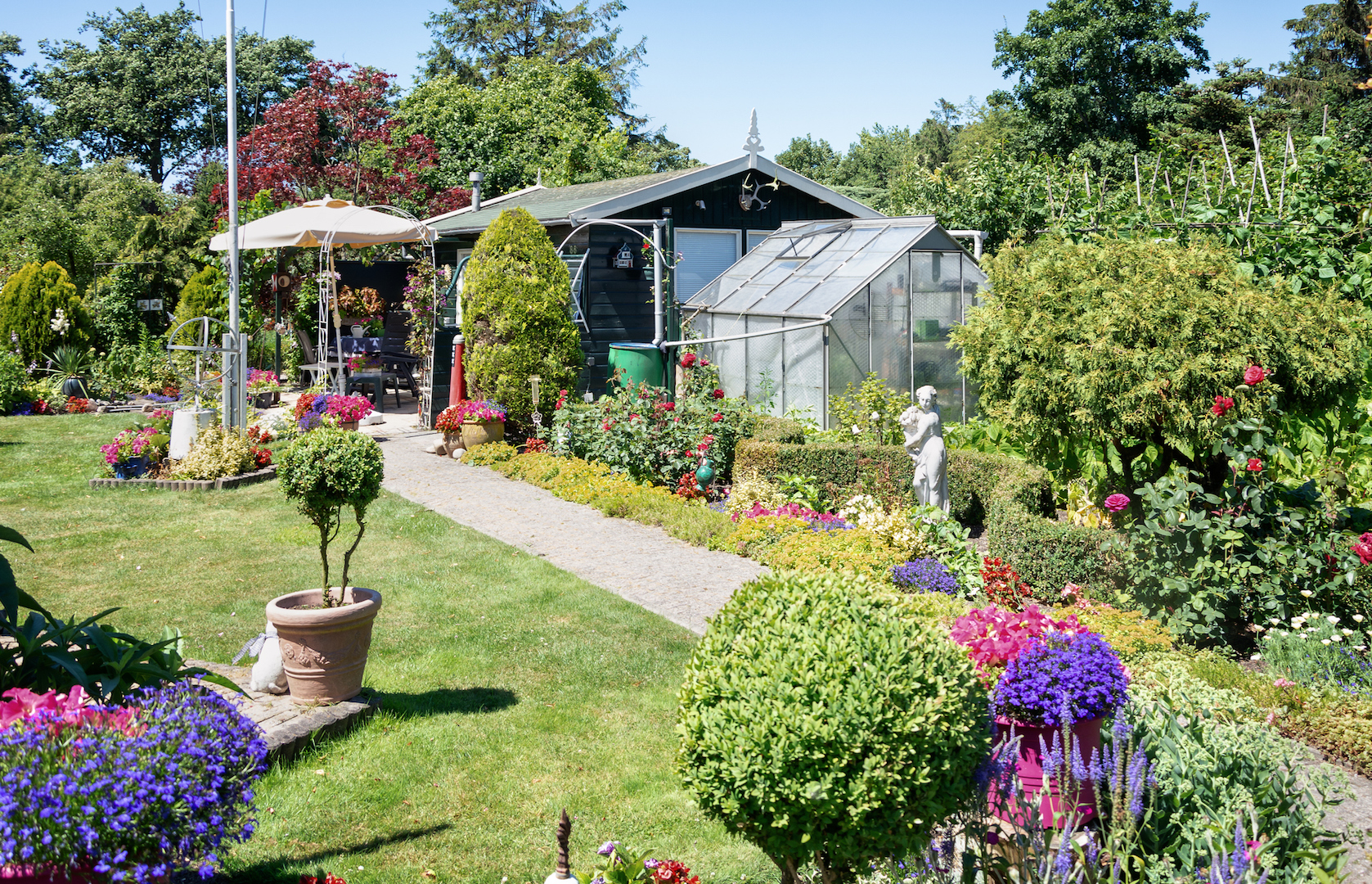
Gardeners
Search

Gardeners
Search

Gardening season is already in full swing, which means many of us will be busily preparing our green spaces for the summer ahead. Your garden may need a little tender loving care after the cooler months. Getting it back to its blooming best isn’t difficult however with the right foliage.
Whether you’re using flowers and plants to add a pop of colour, provide coverage, attract wildlife, or all of the above, you’re certain to have stumbled upon annual plants and perennial plants. But what’s the difference and how can you use them to bring your garden back to life just in time for summer?
Annual plants and perennial plants can easily be differentiated, and it all comes down to their lifecycles.
As the name suggests, an annual plant will complete its lifecycle within one growing season, which usually runs from spring to autumn. During this lifecycle, seeds from last year’s annual foliage are planted in the spring. New annuals grow from these seeds and flowers bloom by summer. In early autumn, these flowers yield seeds to complete the lifecycle. The plants then die back when seasonal frosts arrive.
Perennials are different. They too grow from seeds but instead of producing flowers in the same year as planting, perennial plants produce flowers the following year and have a longer lifecycle. Depending on the type of perennial you plant, flowers will be produced for years and years to come.
Biennial plants fit somewhere between annuals and perennials. They have two growing seasons before completing their lifecycles, with the first year usually spent growing its roots and leaves. You have to wait until the second year to see its flowers, which will then die back and its seeds disperse at the end of the growing season.
Most gardens contain a mixture of annual plants and perennial plants. As they only last one growing season, annuals are cheap buys – they’re usually sold in packs of six as bedding plants – but need to be replaced every year. They do however provide an attractive pop of colour during the summer, with borders and hanging baskets all benefitting from a hit of annuals.
Thanks to their longer lifecycles, perennials are great investments that keep on providing a return. They do however tend to bloom for a shorter time and are more expensive to buy.
Having more perennials than annual plants is the way to go. This will provide a low maintenance space that looks great (with the right care) year after year.
Need help getting your garden back to its best? Find a local gardener right here.